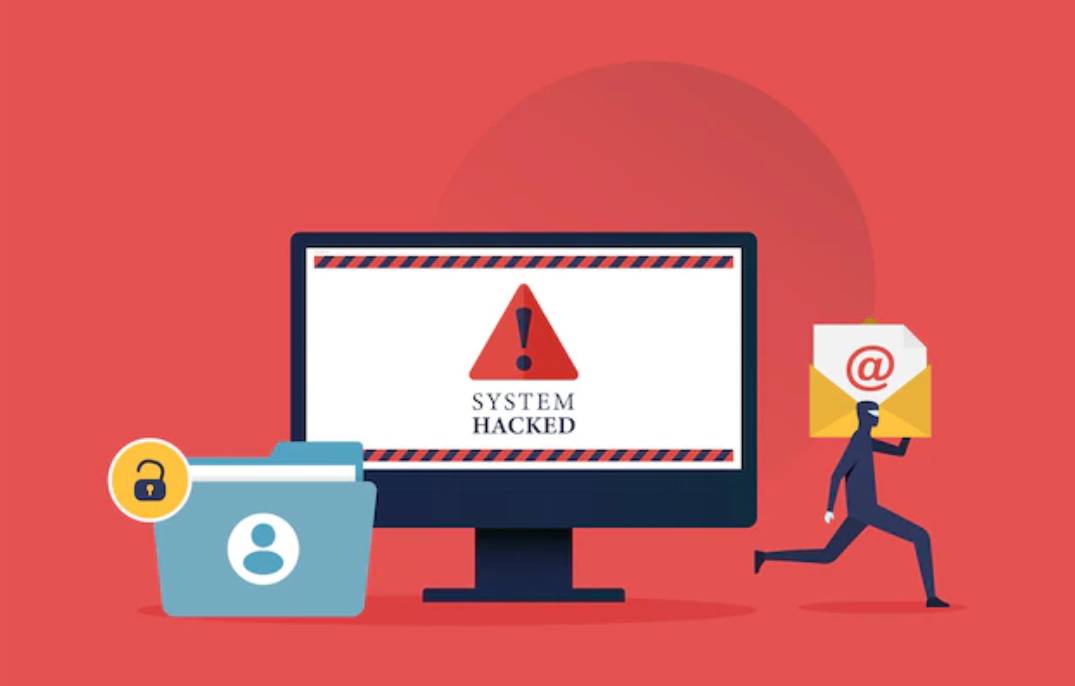For a business, few things are as troubling as a data breach. Relying on cyber insurance companies to pick up the pieces after an incident is never a good practice. It’s a much better tactic to prepare your business beforehand to protect breaches from happening in the first place. Here are some ideas that will help to ensure your company is ready when hackers make their move.
Types of Data Breaches
If you have sensitive customer data or safeguard important employee information, your network needs to be protected from attack. Hackers have many different ways to gain entry into your system and access private data. Some of the most effective methods of attack include:
- Ransomware: These intrusions steal data and “hold it for ransom,” threatening to release or sell the information if the hackers aren’t paid.
- Data Destruction: More malicious than greedy, these attacks delete or corrupt data outright, making it useless to your organization.
- Malicious Theft: Glitches, vulnerabilities, and password breaches may result in a loss of data that you never even notice, only to have it appear on the black market later on.
- Nation-state Attacks: These are intrusions backed by a foreign government and can be the most costly, as their purpose is to disrupt the economy in addition to stealing secrets.
While the reasons behind these attacks differ, the results are the same. Thankfully, most cyber insurance companies will cover these types of network assaults. Even so, recovering from an attack is never preferable to preventing one in the first place.
Checking Internal Security
Going over your data security protocols is essential to a cyber protection plan. Use multiple layers of security so hackers need to dig through a maze of systems before gaining access to vital parts of the network. Firewalls, encryption tools, and antivirus or malware software will help provide levels of security that intruders will have difficulty penetrating without being noticed.
Remote storage and cloud computing services often have their own forms of security. Make sure your IT department is using every tool at its disposal. Having an internal security plan in place will let you test its responsiveness and lock down vulnerabilities as they are identified. Backing up data frequently will also help in case of a destructive attack, but remember to shore up the security around those duplicates as well!
Employee Education
Having an IT department that’s on the ball is a great way to protect your systems from the outside, but oftentimes networks are breached because of employee mistakes. While the “Nigerian Prince” scam is easily recognizable nowadays, hackers have more convincing ways to con unsuspecting workers. Keep your staff updated on malware and phishing so they know some emails they receive might not come from the reported sender.
Unfortunately, mistakes aren’t the only cause of data breaches. Some criminals will take advantage of poor office policies, snagging critical data left unattended either on PC screens or paperwork left on desks. Instituting a clean desk policy where critical information must be shelved unless in use and even simple screen savers can protect sensitive data from wandering eyes.
Cloud Access Security Broker
Cloud-based storage is a growing necessity for businesses of all sizes. As data becomes more common and companies retain more customer data, using cloud storage circumvents the need for costly networking hardware and expensive IT upkeep. Storing digital files out of the office does pose a significant challenge in regulating those systems on your own.
That’s where a cloud access security broker (CASB) comes in. Continuous visibility of your data and cloud setup allows for real-time monitoring to protect the information in the event of an intrusion. Even if you can’t respond yourself, the system is designed to prevent further egress by malicious individuals. By using machine learning, these software systems can spot the differences between a genuine employee and a dangerous threat.
How to Handle a Breach
No matter how well your company prepares, there is always the risk that a hacker will be just smart or lucky enough to make it into your network. When that happens, you should act quickly to mitigate the damages incurred. The first step is to contact your cyber insurance company and explain the problem. They may have advice on how to proceed, who should be called, and when to contact the police. Then you’ll need to identify the source of the leak.
Once you know the source of the breach, you’ll need to close it and strengthen your security in that area. Now that you know there’s a flaw in your data security plan, it will be easier to spot similar vulnerabilities in the future. The most important step is to notify all those affected by the breach. This may include customers, employees, and even investors who have critical data housed within your network. Once you have the situation under control, refocus your IT department and data security teams to make sure your information, and your company’s reputation, stay safe!











